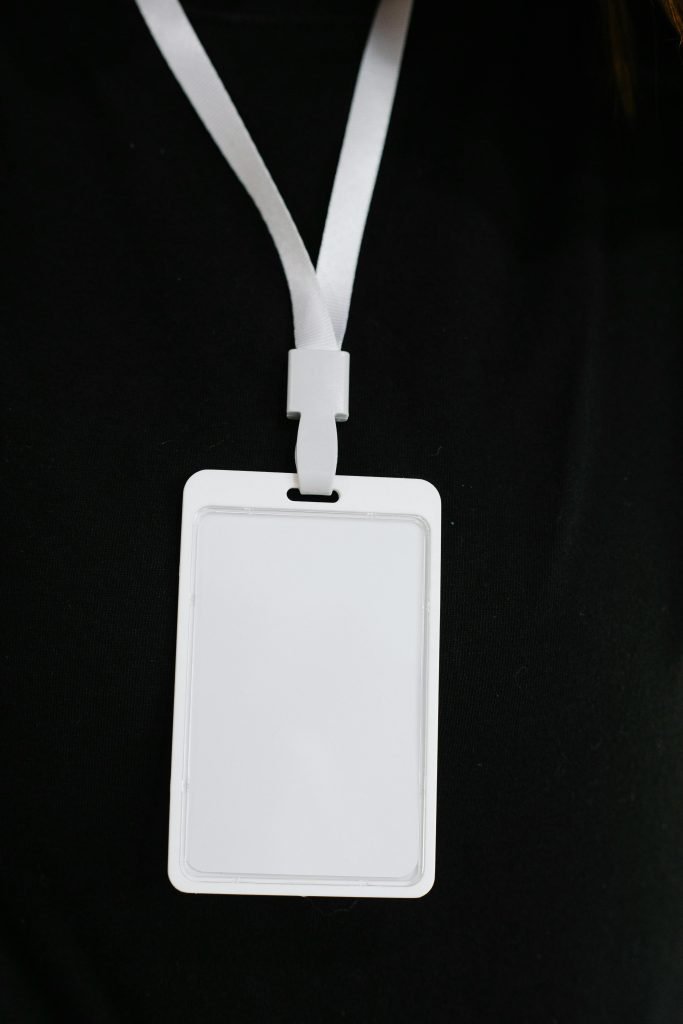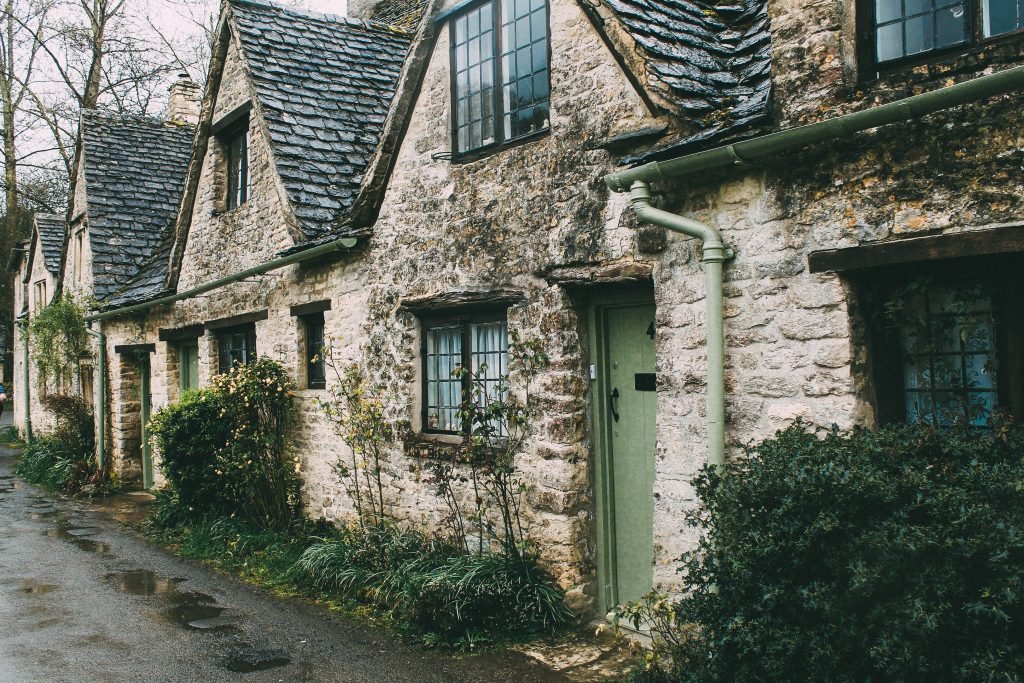Making your home more accessible for elderly family members involves thoughtful adjustments that can significantly enhance their comfort and safety. From installing grab bars in the bathroom to adding ramps for easier mobility, there are numerous ways you can create a welcoming environment that caters to their needs. This guide will explore practical steps you can take to ensure your home is both functional and inviting for your aging loved ones. How Can I Make My Home More Accessible For Elderly Family Members?
Ever wondered how you can make your home more welcoming and safer for your elderly family members? It can seem like a daunting task at first, but making some thoughtful and practical adjustments can provide a more comfortable living environment for your loved ones. This guide will walk you through the essential steps needed to make your home more accessible and elderly-friendly.

This image is property of images.pexels.com.
Understanding the Needs of Elderly Family Members
Before diving into the modifications, it’s crucial to understand the unique needs of elderly individuals. As people age, they may experience reduced mobility, vision impairments, and other health-related changes. Having a clear grasp of these challenges will help you tailor your home improvements effectively.
Mobility Concerns
With age, maintaining balance and walking steadily can become more difficult. Arthritis or other joint issues may also impede movement. Ensuring that your home accommodates these challenges is key to preventing accidents.
Vision and Hearing Impairments
Vision and hearing tend to decline as we age. Bright lighting, high contrast on stairs and floors, and better acoustics can significantly enhance safety and comfort.
Cognitive Changes
Some elderly family members may experience cognitive changes, including dementia. Clear and easy-to-navigate spaces can reduce confusion and anxiety, promoting a sense of security.
Assess Your Home’s Current Accessibility
The first step is to evaluate your home’s current state. Conduct a thorough home assessment, identifying areas that could pose challenges for elderly individuals.
Entryways and Exits
Ensure that the pathways to entryways are clear, flat, and well-lit. If there are steps, consider installing ramps or railings.
Indoor Navigation
Walk through your home and note any tight corners, loose carpets, or uneven flooring that could cause trips or falls. These seemingly small details can make substantial differences.
Bathroom Safety
Bathrooms can be particularly hazardous due to slippery surfaces. Check if your bathroom can accommodate safety modifications such as grab bars or non-slip mats.
Modifications to Improve Accessibility
Now that you’ve identified potential problem areas, let’s discuss specific modifications to enhance your home’s accessibility.
Entryway Modifications
Ramps & Railings
If your home has stairs leading up to the front door, installing a ramp is a more accessible option. Ensure it has a gentle slope, and add railings on both sides for extra support.
Door Width
Make sure doorways are wide enough for a wheelchair or walker. Standard doorways should be at least 32 inches wide. If they’re too narrow, consider widening them.
| Standard | Recommended Modification |
|---|---|
| Door Width | Minimum of 32 inches |
Flooring Adjustments
Non-Slip Flooring
Install non-slip flooring in key areas such as the kitchen, bathroom, and hallway. This reduces the risk of slips and falls, providing an extra layer of safety.
Remove Tripping Hazards
Eliminate any loose rugs or uneven flooring. Fix any raised transitions between rooms and spaces to ensure a smooth walk-through.
Lighting
Improved Indoor Lighting
Install higher-wattage bulbs and additional lighting fixtures in dark areas. Consider motion-activated lights for convenience, especially in hallways and bathrooms.
Outdoor Lighting
Enhance your outdoor lighting to ensure pathways and entryways are well-lit. This can also improve security.
Bathroom Safety
Grab Bars
Install grab bars around the toilet, shower, and bathtub. These give elderly individuals something to hold onto, preventing falls and providing support.
| Area | Safety Feature |
|---|---|
| Toilet | Grab Bars |
| Shower | Grab Bars |
| Bathtub | Grab Bars |
Walk-In Tubs and Showers
Replace traditional tubs with walk-in versions or a zero-threshold shower. These are easier to access and reduce the risk of tripping.
Non-Slip Mats
Place non-slip mats both inside and outside the bathtub or shower area.
Kitchen Accessibility
Lower Counters
If possible, lower some countertop areas to make them accessible for those using a wheelchair.
Easy-to-Reach Cabinets
Install pull-out shelves in cabinets to make items easier to reach. Avoid high shelves that require standing on a stool or chair.
Bedroom Modifications
Bed Height
Ensure the bed is at a height that’s easy to get in and out of. Bed risers or a lower frame could help, depending on the individual’s needs.
Clear Pathways
Ensure that the pathway from the bed to the bathroom or exit is clear, well-lit, and free of obstacles.
Technological Aids
Emergency Alert Systems
Invest in an emergency alert system that can be easily triggered in case of a fall or other emergencies. Many systems come with wearable devices that are user-friendly.
Smart Home Devices
Consider smart home devices like voice-activated assistants, smart thermostats, and automated lighting. These technologies can make managing daily tasks easier.
Medication Management
Pill organizers with reminders, or automated medication dispensers, can help elderly individuals manage their prescriptions more effectively.

This image is property of images.pexels.com.
Creating a Supportive Environment
Clear Communication
Keep communication lines open with your elderly family members. Ask for their input on modifications and make adjustments to better suit their needs.
Regular Maintenance
Regularly inspect your home for any new hazards or areas needing improvement. Keep up with routine maintenance to ensure everything stays safe.
Professional Help
Don’t hesitate to consult professionals for advice tailored to your specific needs. Occupational therapists, for example, can provide valuable insight into making your home more accessible.
Inclusive Design: A Holistic Approach
Universal Design Principles
Consider incorporating universal design principles, which aim to make spaces usable by people of all ages and abilities without the need for adaptation. This includes features like wider doorways and lever handles.
Multi-Generation Living
When planning modifications, think about any future needs of other family members. Solutions that work for elderly individuals often benefit others as well, creating a more inclusive environment.

This image is property of images.pexels.com.
Emotional and Psychological Support
Encourage Independence
While making your home accessible, prioritize features that promote independence. Empowering elderly family members to do tasks on their own can significantly boost their confidence and quality of life.
Social Interaction
Facilitate areas in your home that encourage social interaction. A comfortable seating area or a garden can be ideal for spending quality time together.
Summarizing Your Efforts
Making your home more accessible for elderly family members can enhance their quality of life and provide you with peace of mind. Start by assessing the current state of your home and identifying key areas that need improvement. From installing ramps and widened doorways to leveraging technological aids and universal design principles, taking these proactive steps will create a safe, welcoming environment tailored to the unique needs of your loved ones.
Incorporating these changes may seem overwhelming at first, but with thoughtful planning and clear communication, you can make significant improvements that benefit everyone. Remember, the goal is to create a home that’s not just safer but also more inclusive and enjoyable for all family members.
Now, go ahead and start making those necessary modifications. Your elderly family members will thank you for it!




